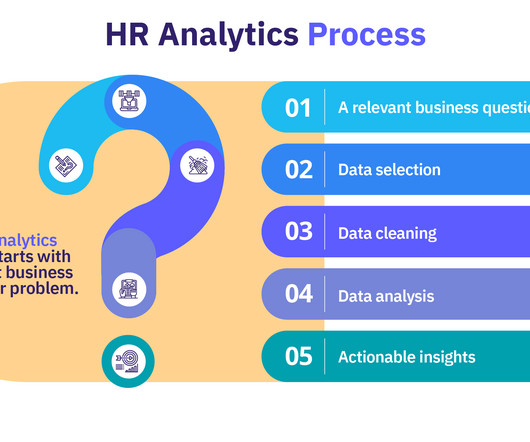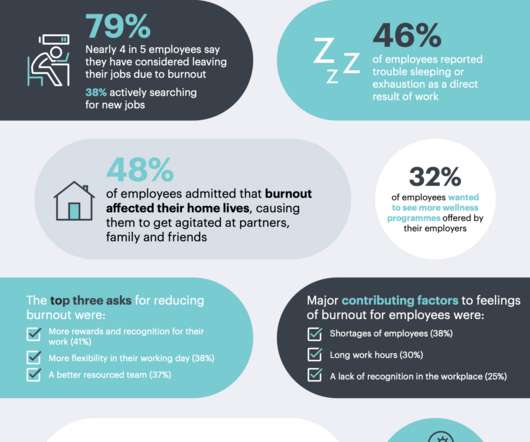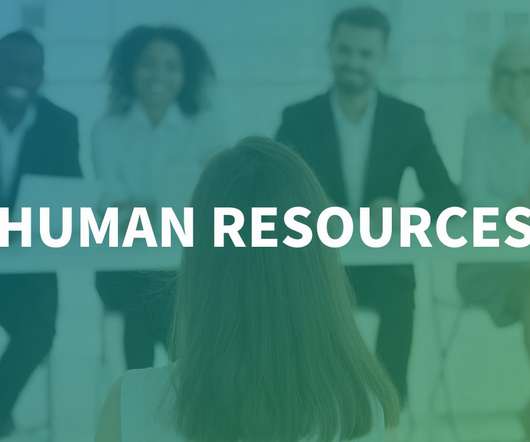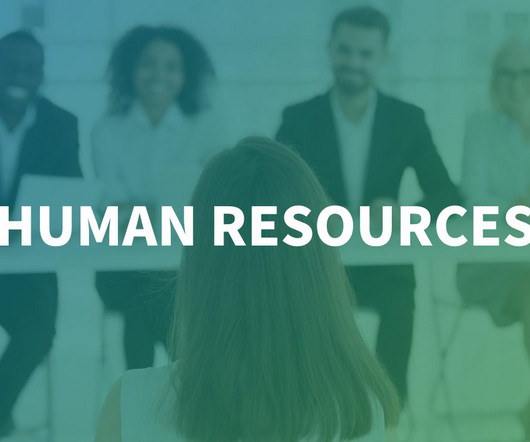3 Ways to Make Hourly and Seasonal Workers Feel Valued
Visier
NOVEMBER 12, 2019
Turnover, low engagement and lost productivity cost employers billions each year. This is felt most in fields like retail , hospitality and food service , where turnover rates among hourly employees range from 60% to 75% (compared to a more normal turnover rate of around 15%).




















































Let's personalize your content